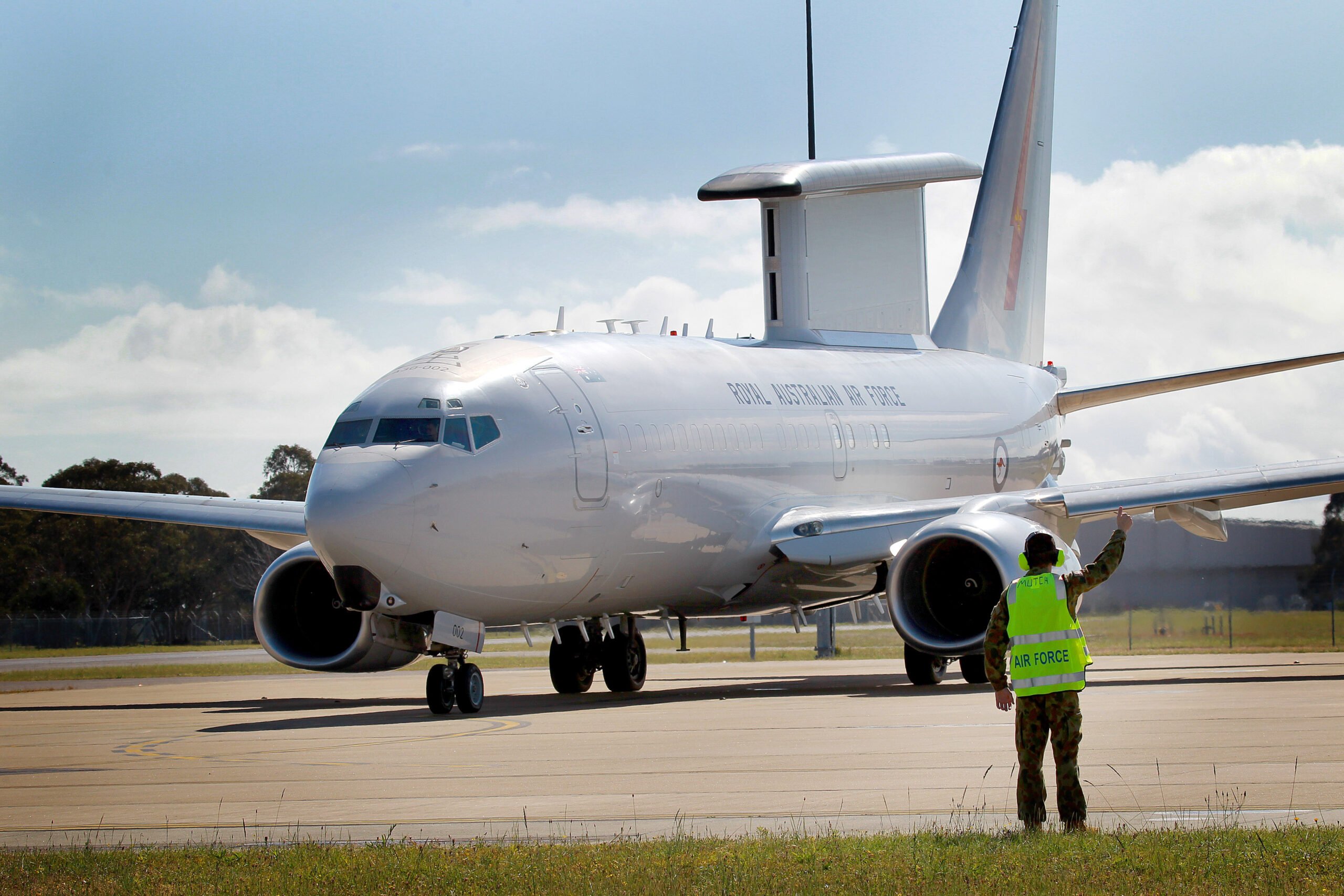E-7 is not a balance beam, it is technically a four sides array, with the side arrays having 120 degree coverage each and the front and rear array having 60 degrees coverage each, providing full 360 degree coverage.
I.e. it isn't about a matter of coverage, because it simply isn't an issue for E-7.
E-7's MESA radar isn't like the balance beam on Erieye, KJ-200 or Netra.
Last off topic post from me:
What is MESA?

